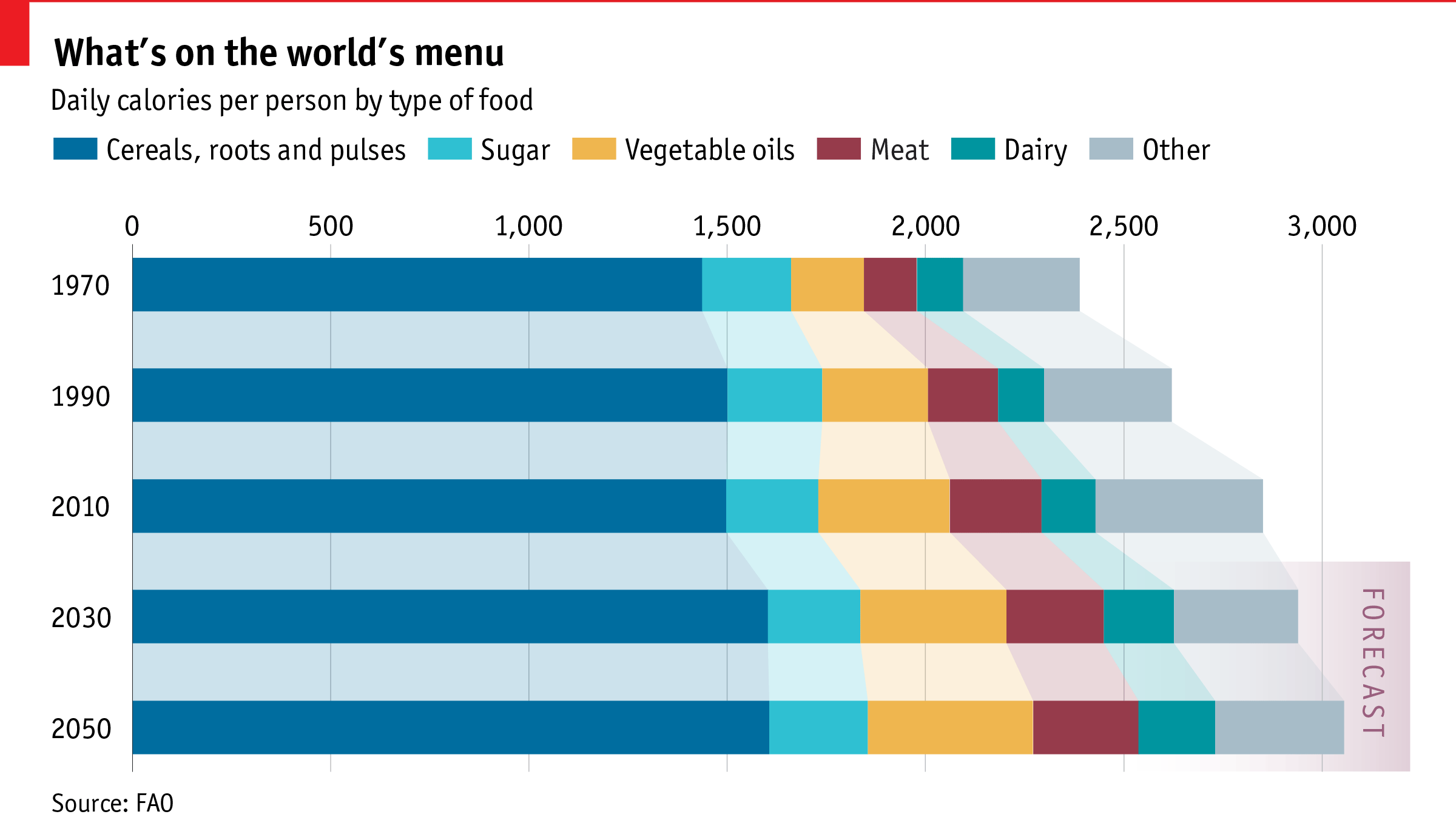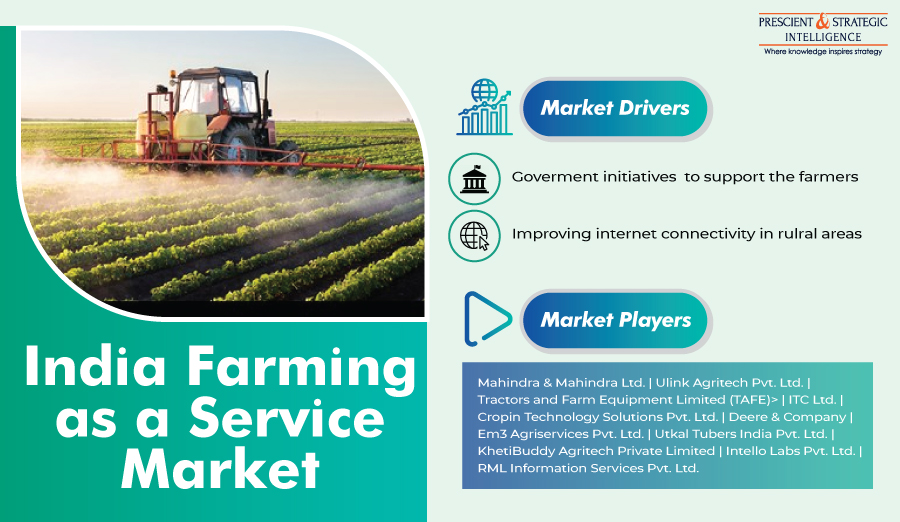What is Agricultural Production?
The systematic way of production in the advancement of crops and animals to fulfill the demands of human beings by making a bulk stock and taking it to the marketplace is the route of agriculture.
People have become more advanced in their farming techniques, the weather, temperature, and the conditions of the soil which can affect the surface and the crops substantially. There are so many research engines that are still working to improve cultivation.
For thousands of years, agricultural growth stayed inactively. The fire was one of the earliest agricultural tools used to control the growth of berry-producing plants, which they knew grew quickly after a wildfire. Farmers cultivated small plots of land on their own using axes to clear away trees and digging sticks to break up and till the soil. Over the period, enhanced farming tools like bone, stone, bronze, and iron to newer methods of storage evolved. People started up stockpiling foods in jars and clay-lined pits for use in times of scarcity. Similarly, people began making clay pots and other vessels for carrying and cooking food.
Present Technological Growth for the World of the Profitable Output of Agriculture.
Agro-Tech provides real field environments for companies to test their traits, varieties, and their reactions.
More than half of India’s society depends on agriculture as a primary source of livelihood.

India plays a massive role as a producer, consumer, and spices distribution in the world.
Government opinions about the support available for Agri start-ups?
The center and the state governments formulated schemes to help the Krishi through various Project Implementation Partnership models with various start-ups to serve the farmers.
In June 2020, the Indian government amended its National e-Governance Plan in Agriculture (NeGPA) to extend support to the State Governments for pilots involving the usage of these new technologies. Another important initiative that has been newly started is the engagement of leading agritech, agriculture, and start-ups for building proof of concepts.

According to the reports of the Department for Promotion of Industry and Internal Trade (DPIIT), a cumulative Foreign Direct Investment (FDI) equity inflow of about Rs. 67,000 crore (US$ 9.08 billion) was achieved between April 2000 and March 2019 in the agriculture sector alone.
The agricultural sector contributes 20% to the national GDP of India.
Start-up Momentum in India

Nearly more than 450 Indian start-ups are in the agritech space with Indian start-ups featuring among one in every nine companies globally.
Some of the keys start-ups within the sector embrace
- Agrostar
- Cropin
- Jumbotail
- Ninjacart and
- Stellops
This sector has been cultivating at a fast pace owing to a rise in the number of emerging agritech start-ups and investments, showcasing their interest in the Indian agritech start-up scene globally.

Also, the report of NASSCOM says that these start-ups drew funding from leading investors such as Accel, Ankur Capital, Omnivore, and others. From then on, startups raised ~Rs. 1,825 crore (US$ 248 million) as of June 2019. The overall growth of the agritech sector is assisting the adoption and acceptance of modern technologies.
Business Opportunities and Innovative Solutions
The agritech sector has given rise to several market opportunities in India. It has particularly contributed to developing and refining market connections. These developments include taking farmer products directly to consumers, digitizing agriculture, improving accessibility to real-time information for farmers, increasing transparency across the value chain, providing better-quality implements to farmers to increase yields, and offering micro-financing options to farmers to manage risks.

All these solutions indicate that improving the supply chain is a key focus area for agritech start-ups, with the underlying goal of increasing farmer share in profits from crop sales.
Key Players and Business Models

Different business models have emerged to tackle opportunities in the agricultural space.
These can be categorized, into five main buckets:
Upstream marketplace model –
- Aerostar,
- BigHaat,
- A revolution,
- Agronxt,
- Ninjacart,
- Agrihub, and
- FarmGuru
These are the main players employing this model.
Downstream Farm-to-fork supply chain models –
- Krishi Star,
- Crofarm,
- Sabziwala, and
- Bharat Bazar
These are start-ups working towards increasing efficiencies using this mechanism.
Farming-as-a-service model
- Far Mart,
- EM3 Agri Services,
- RAVGO, and
- Oxen

These are players offering farm equipment rentals to ease the burden of capital investments for farmers.
IoT or Big Data-led innovation model
- FlyBird,
- Crop in,
- Exabit Systems

These are employing smarter technology to assist farmers to gain access to timely information and drive productivity.
Funding and Investment Activity
India’s agritech start-ups are growing at twenty-fifth YoY. The start-ups have raised over Rs. 1,840 large integer (US$ 250 million) in venture funding in 2019. This was 3 times the quantity of funding raised in 2018. The sector is forecast to draw in over Rs. 3,680 large integer (US$ five hundred million) within the following years. Aavishkaar, Accel, Ankur Capital, Beenext, and Omnivore were early investors within the agriculture sector.

For now, some firms like Blume, Nexus, Sequoia, Tiger world, and RTP are endowed within the sector within 2020, more than 20 agritech start-ups have cumulatively raised more than Rs. 920 crore (US$ 125 million) across equity, venture debt, and conventional debt rounds.
By the report of 2021 Agrotechnology
According to AgFunder the latest
Farm Tech announced that investments climbed up to 7.9 billion in 2020, after outperforming in 2019 by recording $2.3 trillion, or 41%.

To put this in perspective, Farm Tech’s momentum was about 6% points higher than agrifood tech overall. that food tech and farm tech combined and 37 of the fraction implies higher than global VC’s year-over-year increase in 2020.
So far, just over $4.3B investment has been crossed in the sector across 263 deals. In all of 2020, $5.15B was invested in this sector. If this pace holds, in 2022, The total
70% is the rough estimate that will be higher than last year. In addition to increasing investment dollars, the number of deals completed is also on pace to increase 25% over last year.
With that report, it will win the notion that 2021 is shaping up to be another record year for AgTech venture capital investments.
Also Read: This New Amazing Technique Can Replace The Slash-And-Burn Method And Transform Agriculture For The Better













